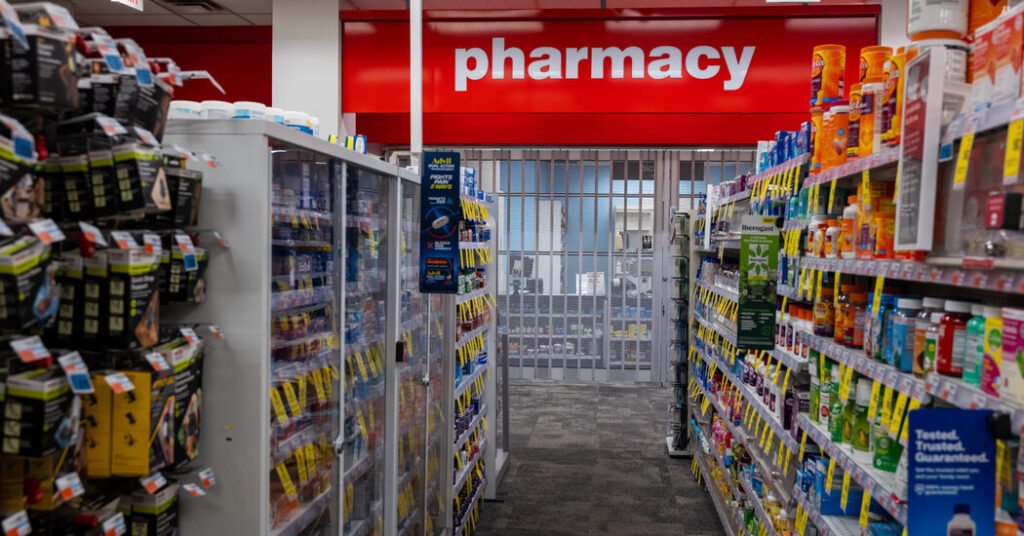Newer and more expensive medications are more likely to be made in the United States or Europe. Ireland, in particular, has become a hub because it is a tax haven.
Many of the industry’s biggest blockbusters are manufactured at least partly in Ireland. Among them are: Keytruda, Merck’s cancer drug; Zepbound, Eli Lilly’s weight-loss drug; and Stelara, Johnson & Johnson’s anti-inflammatory drug used for conditions like arthritis.
Mr. Trump has taken notice. “This beautiful island of five million people has got the entire U.S. pharmaceutical industry in its grasp,” he said in March at a meeting with Prime Minister Micheal Martin of Ireland.
Why did U.S. drug manufacturing move overseas?
U.S. production of pharmaceuticals peaked, by one measure, in 2006.
That was around the time a wave of top-selling American-made drugs lost patent protection, creating opportunities for generic manufacturers in India and China to ramp up production of generics. Around the same time, U.S. government incentives to manufacture in Puerto Rico were phased out, while new carrots, like tax advantages in Ireland, encouraged manufacturers to move production overseas.
In 2021, most of America’s top-consumed generic drugs, as well as key antibiotics and antivirals, had no American facility producing their active ingredients, according to Clarivate.
Mr. Trump said on Wednesday that “the United States can no longer produce enough antibiotics to treat our sick.”
For example, nearly all the world’s sites producing the active ingredient of amoxicillin, a common antibiotic, are in China, India or Europe, according to Clarivate.
A Tennessee plant, now owned by a company called USAntibiotics, used to supply nearly all of the amoxicillin consumed in the United States. It now imports the active ingredient from Europe and uses it to formulate pills. The plant now supplies about 5 percent of America’s amoxicillin.
Have drugs been subject to tariffs before?
Medications are usually protected from tariffs under a World Trade Organization agreement aimed at protecting patients’ access to vital drugs. The tariffs that Mr. Trump imposed on certain imports in his first term did not hit pharmaceuticals.
Starting in February, drugmakers importing active ingredients made in China into the United States have had to pay a tariff that Mr. Trump imposed on Chinese goods. That tariff rose to 20 percent in March. (Wednesday’s levies add a new 34 percent tariff on most Chinese imports, though that does not apply to medicines.)
Will tariffs lead to drug shortages?
For the manufacturers of inexpensive generic drugs with razor-thin profit margins, the added costs of tariffs could be “a tipping point” that prompts them to exit the market, said Erin Fox, an expert at the University of Utah who tracks drug shortages.
Dr. Fox said she was most worried about drugs for which shortages are already common, such as generic medications given as an injection. These injections are harder to make than pills and are much less profitable than newer medications, discouraging manufacturers from jumping in. An example is lidocaine, used to numb pain during medical procedures. Most production of lidocaine’s active ingredient is in India, according to Clarivate.



